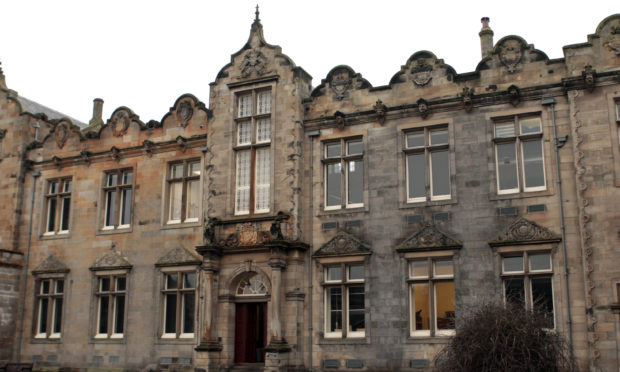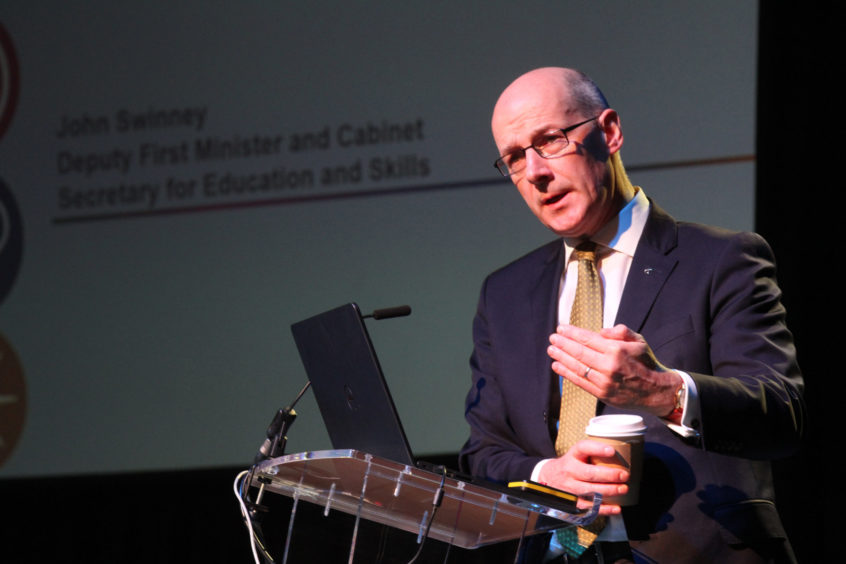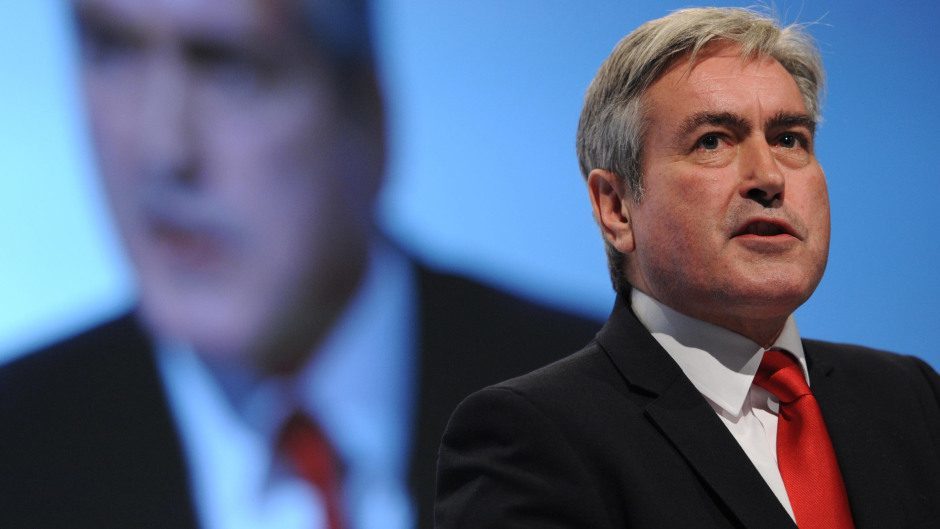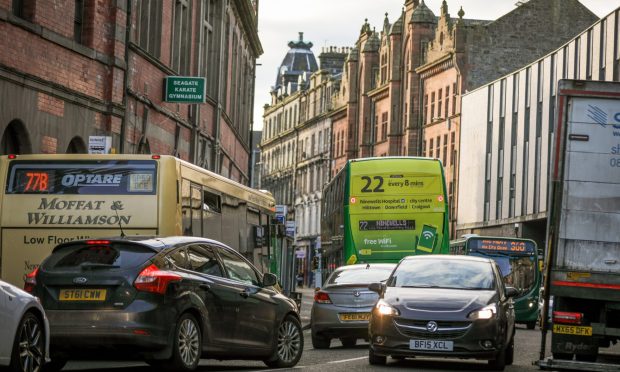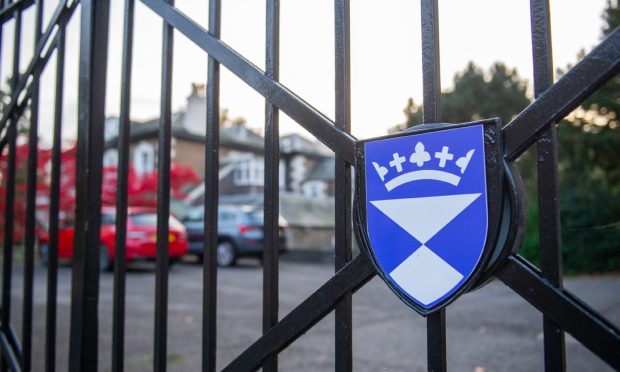The attainment gap in Scotland has narrowed because the proportion of those in a positive follow-up destination has fallen by more for pupils from the least deprived areas, a new report states.
The latest figures for school leavers from 2018-19 show that overall the attainment gap has decreased, with 88.3% of youngsters from the poorest areas classed as being in a positive destination, compared with 96.7% for those from the most affluent communities – a gap of 8.4%.
This fell by 0.2% for those in the least deprived areas, compared to school leavers in 2017-18, and by 0.1% in the most deprived areas.
However, statistics on school leaver destinations show the gap between young people from the most and least deprived communities entering a ‘positive destination’ has more than halved since 2009-10.
A look at the regional figures show that Fife has the largest attainment gap in Scotland, at 10.5%, with 84% of school leavers from the most deprived areas going on to positive destinations, compared with 94.5% of those in the least deprived.
Meanwhile, Aberdeen saw the largest narrowing of its attainment gap last year, dropping by 8.7% to 9.4%.
The figures show that last year 88.1% of pupils from the most deprived areas went on to positive destinations, compared to 97.5% for those in the least deprived communities.
This compares to 2017-18, when the gap between the most affluent and least affluent communities was 17.5%.
Education Secretary John Swinney has hailed the record number of school leavers going on to either college or university – now at the highest level on record – which shows that more than three out of five continued their education, with 38.4% last year going on to higher education and 23.3% opting for further education.
Scottish Government statistics showed that in April this year 92.9% of youngsters who left school in 2018-19 were classed as being in a “positive destination” – such as having gone on to college, university, work or training – down slightly from 93.3% the previous year.
The report highlighted that the figures were from early April 2020 “and therefore will not reflect the full impact of the ongoing coronavirus (Covid-19) pandemic”.
He said: “Closing the poverty-related attainment gap remains our defining mission, and the gap between young Scots from the most and least deprived areas entering a positive destination has closed significantly over the last decade.
“In addition, the proportion of young people going on to further and higher education combined is the highest on record.
“The Covid-19 pandemic will undoubtedly make it harder to for all young people to fulfil their full potential, regardless of their background, and I am determined to support young people through this crisis and succeed in closing the gap.”
In addition, the proportion of young people going on to further and higher education combined is the highest on record.”
John Swinney
The figures also showed that one in 10 youngsters from Scotland’s most deprived areas were unemployed after leaving school – with the proportion of school leavers joining the dole queue almost four times higher than it is for teenagers from better-off communities.
Destinations of school leavers in 2018-19
- 38.4% went on to higher education
- 23.3% went on to further education
- 28% went into employment
- 5.8% were unemployed
More than half of teenagers from the least deprived areas went on to higher education, fewer than a quarter (24.5%) of their counterparts from the most deprived areas achieved this.
Meanwhile, almost a third (31.5%) of school leavers from these areas opted for further education, compared with 14.5% of youngsters from the least deprived areas.
Scottish Labour’s education spokesman, Iain Gray, said existing inequalities are likely to have been “exacerbated” while schools have been closed as a result of the Covid-19 crisis, which the Scottish Government must address.
He added: “Local authorities desperately need additional funding in order to reopen schools safely and implement learning effectively.
“Additionally, the Scottish Government must provide new and targeted resources to tackle the poverty-related attainment gap – it will not be enough to simply rely on the measures that were in place before the crisis.
“Following on from this, we also must see a change in the way school leavers’ onward destinations are monitored, as the government’s definition of what constitutes a ‘positive destination’ may hide deeper inequalities.”
The Scottish Children’s Services Coalition, an alliance of leading independent and third sector service providers, has said it is “deeply concerned” by the figures, which show a falling level of those school leavers with additional support needs (ASN) such as autism, dyslexia and mental health problems.
A spokesman said: “While 87.9% of those school leavers with ASN were in positive destinations in 2018/19, this is a drop on 2017/18 when the figures was 88.4%.
“For those with no ASN the figures are 95.1% and 95.3%, respectively.”
“The attainment gap between those school leavers with ASN and those with no ASN has increased from 6.9% for 2017-18 to 7.2% in 2018/19.
“It is deeply disappointing to see a fall in the number of school leavers with ASN in positive destinations and to note that this gap is growing when compared with those with no ASN.
“As the impact of Covid-19 becomes more evident we anticipate this gap growing and it is crucial that resourcing is targeted at those individuals with ASN to give them the best possible opportunities, both in the classroom and beyond.”
